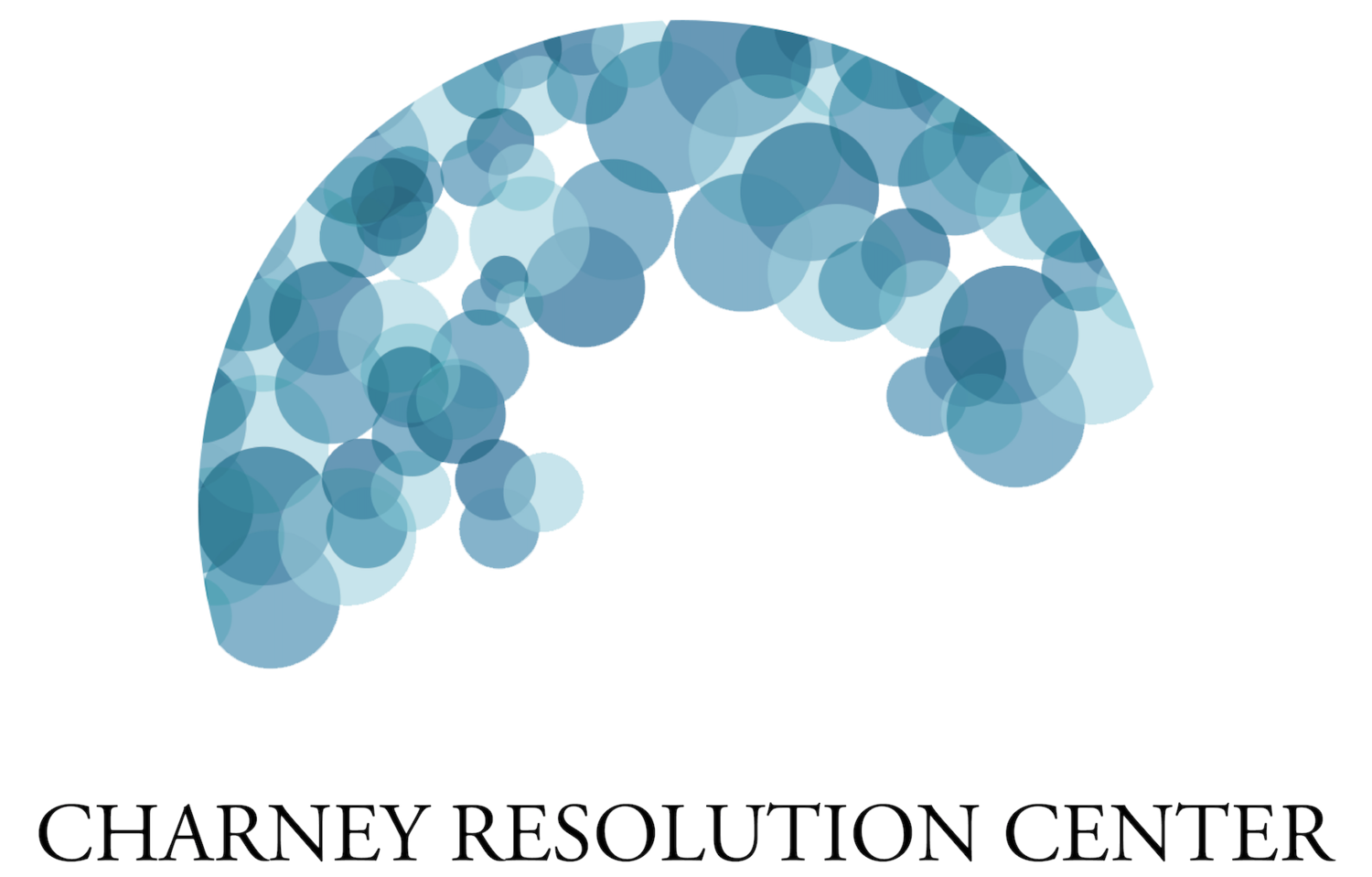“A narrative is a telling of some true or fictitious event or connected sequence of events, recounted by a narrator to others… An interpretation of a particular aspect of the world, or of a historic event designed through a cultural or personal perspective” (Wikipedia).
The ability to listen to, and later acknowledge, the narrative of the other, requires a large amount of coping on both an emotional and cognitive level. An individual who grows up educated all their life in a certain narrative will find it difficult to recognize and receive a different narrative about the same event. For example, the war between the Jews and Arabs in 1948 is, especially for the Israeli Jews, the War of Independence for the State of Israel. But for the Palestinians, it is perceived as a disaster or “Nakba” (Arabic).
This past February, as is the case with every year, we, the Charney Resolution Center, along with the students from EMIS held our flagship event in collaboration with the school: our annual Peace Talks Simulation. This is a complex simulation during which students deal with issues related to the Israeli-Palestinian conflict.
You can learn more about it HERE.
How do you prepare students to deal with such a difficult and longstanding dispute between two peoples?
The response is complex, of course, and consists of a number of important layers (historical, emotional, diplomatic, construction of trust, and more).
From my point of view, I choose to focus on two critical parts, in order to begin building trust between the two sides:
1. Familiarity and acknowledgement of the narrative of the other.
2. Recognition of the needs of the other.
Is it possible to understand both points of view without adding the sentence, "but they started the war" or from the Palestinian side, "they intended to kill us from the start"?
Is it possible that both narratives can coexist without the attempts of either party to denounce the other’s side of the story? Without the other's narrative threatening the other side, scaring them, or paralyzing them?
In my opinion, it has a chance if we can create educated circles together consisting of both the Israeli and Palestinian narratives, side by side. For example, this year EMIS students from Israel, Palestine, and all over the world participated in a workshop that was headed by Israeli Professor Eyal Naveh and Palestinian Professor Sami Adwan. These two were the leaders of the team who wrote the book - "Side by Side" – a Dual Narrative of Israeli and Palestinian History.
This is an extraordinary book describing the history of both parties in the Middle East from the Balfour Declaration (1917) to today. This joint learning experience with two guides representing each respective party, is a challenging experience. However, over time and a lot of tolerance it can allow for approachability, familiarity, and recognition of the narrative of the other.
The second issue, critical to me, is understanding the needs of the other in depth. In order to truly understand what someone needs, you have to look beyond their superficial desires and dig deeper.
The recognition of the narrative of the other and accepting it with a detection of the accurate needs of each party can open doors into new directions in dealing with the conflict in our region.
It is this method of thinking that we present at the center as part of preparing the youth for the Peace Talk Simulations that deal with the understanding of the conflict and the bringing together of both sides.

